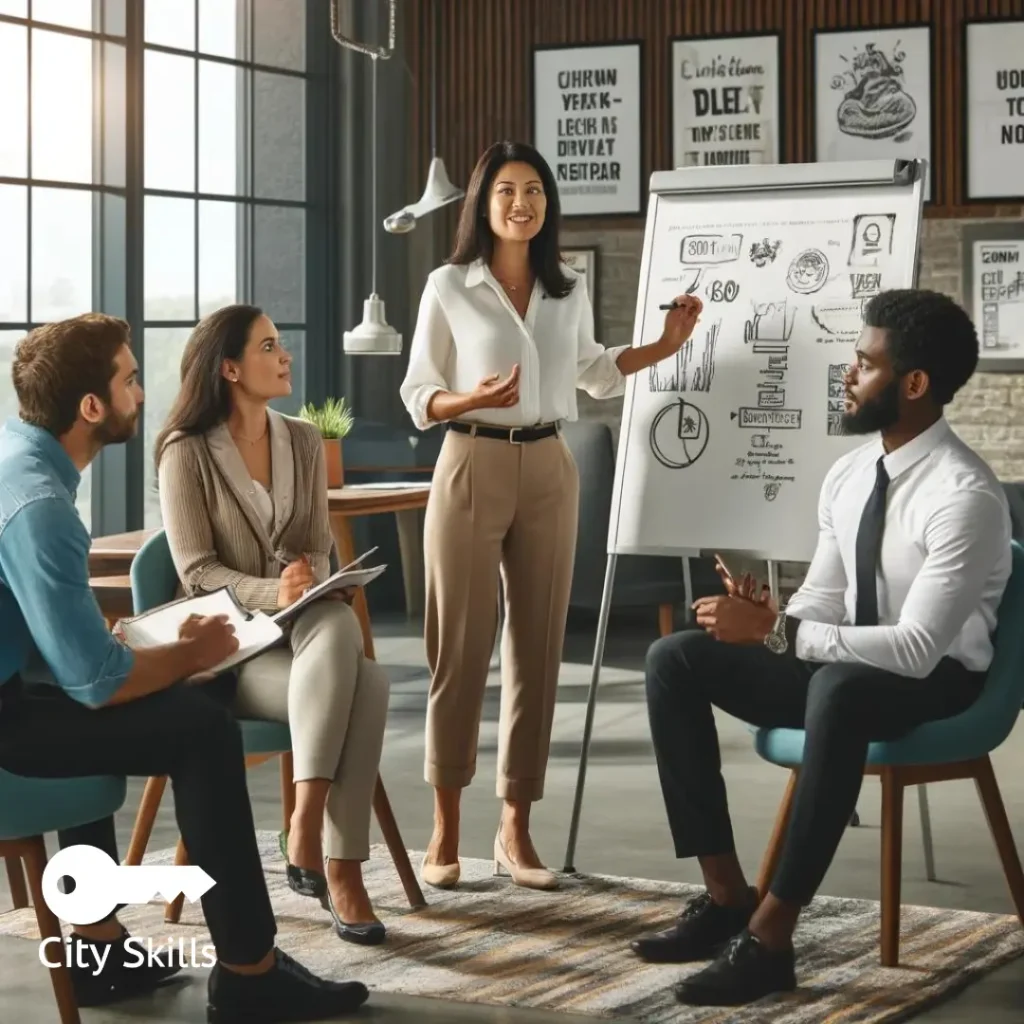
Transforming Feedback: From Decoration to Dialogue

Is Your Suggestion Box Just a Pretty Decoration?
We all love to talk about prioritising feedback, don’t we? The world of business is flooded with slogans proclaiming the importance of open communication. But let me pose you a question: is your suggestion box just a pretty decoration, or does it genuinely reflect an open line of communication? It’s a bit of a puzzle, isn’t it?
Here at City Skills, we’ve been doing a little soul searching. We examined our commitment to listening to those we serve, and realised that simply inviting feedback isn’t always the same as acting on it. It’s akin to throwing a party and failing to welcome the guests. Just because there’s a suggestion box in the corner doesn’t mean solving the mystery of its contents is a priority.
Do We Appreciate Suggestions or Just Believe We Do?
Let’s tackle the first point head on: Are we genuinely welcoming suggestions, or are we just paying lip service? It’s all too easy to say, “We value your feedback!” while internally we’re busy ticking boxes and moving on. We’ve all been there; we’ve seen organisations collect thoughts and opinions without ever acting on them.
It’s crucial for us as leaders to embody a culture of listening. If we are truly going to celebrate feedback, then we need to provide avenues for people to do so openly and honestly. It’s about creating a welcoming atmosphere where any concern, big or small, is valued and taken seriously.
Closing the Loop on Feedback
Next up is a burning question: Do we respond to the feedback we receive? Closing the loop is essential. When someone takes the time to provide input, they should feel acknowledged. Ignoring their suggestions can breed cynicism faster than you can say “customer service.”
At City Skills, we make it a point to reply to every piece of feedback we get. It might be a simple “thank you” or a more detailed response outlining our next steps based on their suggestions. Whatever the case, it’s vital that we make it clear to our stakeholders that their thoughts hold weight.
Creating an Empowering Environment
Lastly, how do we create an inclusive environment where everyone feels empowered to voice their thoughts? This is where trust comes into play. If people feel their opinions won’t be valued, they’re less likely to share them. Building a genuine relationship with your audience is key.
Encouragement is essential. We should actively ask for feedback, show appreciation for it, and, most importantly, make changes based on what we learn. When you foster this kind of environment, the suggestions will not just trickle in; they’ll flood through the door.
Steps Towards Meaningful Feedback
Now, perhaps you’re wondering what steps you can take to ensure your feedback channels are more than just a facade? Here are a few straightforward actions to consider:
- Invite feedback regularly during meetings or through surveys.
- Share specific examples of how past feedback has led to change.
- Facilitate open forums where everyone can voice their opinions without fear.
- Train staff to actively listen and respond constructively.
Ultimately, the goal isn’t just about gathering opinions; it’s about building trust and acting on that trust. It’s about making real improvements that reflect the needs and insights of those we serve.
Having spent years in entrepreneurial boots, I’ve learned that the most profound insights come from those on the frontlines. You might think you know what your customers want, but they’ll often surprise you. Trust me; their voices are invaluable.
Reflect and Engage
So, what steps are you taking in your organisation to ensure your feedback channels are more than just a facade? Reflect on this as you sip your next cup of coffee. Empower your team, listen actively, and make a difference that truly counts.
When we prioritise open communication, we don’t just collect suggestions; we build a sincere community. So go on, let’s turn that pretty decoration into something meaningful together.
What one change could you make today to start this journey?





